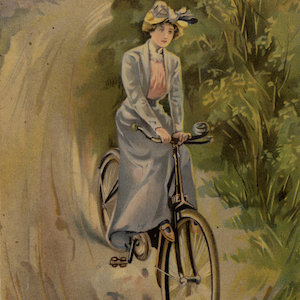Browse
North/Central America

Review
African American Women Writers of the 19th Century
Students might examine how the inclusion of African American women's perspectives alters more standardized narratives of American history.
Review
Salem Witch Trials Documentary Archive
This archive houses a fantastic collection of source materials pertaining to the 160 women and men accused of witchcraft in the late 17th century in the Massachusetts Bay colony.
Review
Jewish Women's Archive
The Jewish Women’s Archive (JWA), a national non-profit organization, seeks to collect and promote the 'extraordinary stories of Jewish women.'
Review
Canadian Women's History
There is also a great deal of material on the foundation of female education and on the women’s suffrage movement.
Review
Emory Women Writers Resource Project
The subjects covered are diverse and include commentaries on such topics as nature, native-white relations, emancipation, imperialism, social and sexual mores, wet nursing, Christianity, and women’s suffrage.
Review
Louisa's World
[Instructors] might invite students to reconstruct Collins’s expectations and attitudes towards various topics, tracing perspectives that she noted as exceptional.Source
Dona Marina, Cortes’ Translator: Poem, La Malinche
A well-known Chicana poem about Malinche. Tafolla took inspiration from the famous 1967 poem of the Chicano movement, “Yo Soy Joaquín,” but rewrites from an explicitly feminist perspective.
Source
Dona Marina, Cortes’ Translator: Poem, Como Duele, 1993, Women in World History
One of the earliest meditations on Malinche and her meaning published by a Chicana in the United States. This narrative explores Malinche’s fate and her abilities to negotiate difficult and competing cultural demands.
Source
Dona Marina, Cortes’ Translator: Nonfiction, Octavio Paz
This essay, which seeks to explain modern Mexican sensibilities by examining the phrases “hijos de la chingada” and “malinchista,” presents La Malinche as violated woman—part victim, part traitor to her nation.

Review